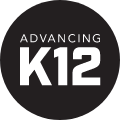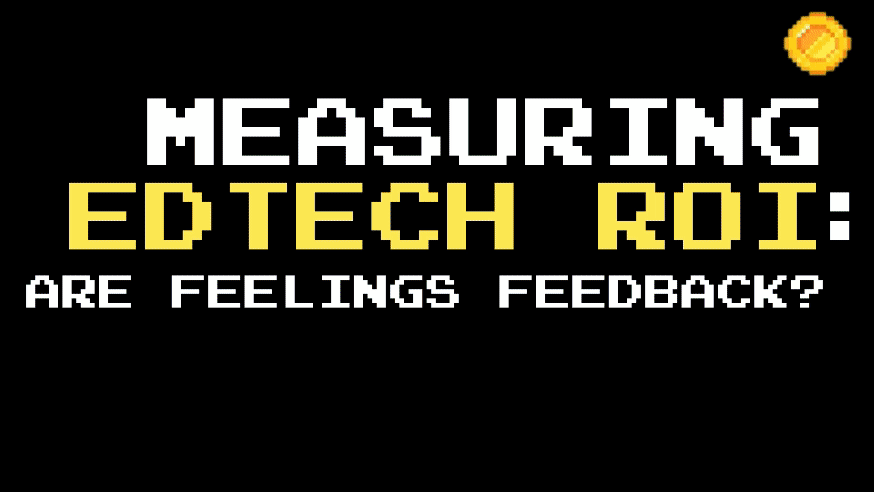
Our schedule doesn’t have room for anything else.
There’s not enough time for collaboration.
Enrichment? Remediation? When would we fit that in?
In this era, when adaptability is just as important as knowledge, a flexible approach almost always triumphs over a rigid one.
That said, the average school schedule today remains remarkably inflexible. The Breaking Ranks II guidelines from the National Association of Secondary School Principals include flexible scheduling and grouping as a core recommendation for improved student performance, but many schools still operate within the limits of a traditional 7- or 8-period daily schedule.
Today, we’re taking a closer look at Flex Mod, an alternative scheduling option that’s making a comeback and changing the way schools use one of their most valuable resources: time.
What is Flex Mod?
The Flexible Modular schedule (“Flex Mod”), a scheduling concept that’s being revived from its late 1960s origins, scraps the standard scheduling grid in favor of one that’s custom built to meet the needs of the students and to better fit the courses. With a Flex Mod schedule, you don’t have to cram an hour-long science lab into 45 minutes just because that’s the standard class length.In practice, this means flexible class times and varied student groupings. The schedule is made of modules (“mods”) of time – 15, 20, or 30 minutes, perhaps. Classes can meet any number of days per week and for different numbers of mods each time. With a Flex Mod schedule, teachers and students can enjoy a variety of class types – large and small group sessions, labs, and personal or individual learning time.
The Possibilities
Flex Mod calls for a mindset shift and a schedule overhaul, but it can bring big benefits. Here are some of the positive results schools are seeing with this innovative setup:Future readiness: With built-in individual learning time and varied class days and lengths, Flex Mod helps students become better prepared to handle any type of schedule after graduation. The flexibility also makes it easier to arrange work or college experiences and begin the transition into post-secondary life.
Teacher collaboration: The combination of large group classes, labs, and small group sessions makes teacher collaboration essential. Since students from any class section might attend large group lectures together, curricula must be consistent and teachers must plan so that course content, delivery, and assignments are in alignment. When co-teaching is part of the school culture, teachers have more opportunities to refine their practice, learn from each other, and have rich discussions about student progress.
Built-in time: You can build in time for, well, anything. RTI, enrichment, extracurricular activities… These important programs don’t have to seem like add-ons when they are incorporated into the rhythm of the week.
…And more! Students can fit more courses into a Flex Mod schedule. There is more time for one-on-one interaction between students and teachers. Some students report a decreased workload outside of school. Every day is different. No more bells!
The Challenges
School leaders who have led the transition to Flex Mod can tell you that it’s not easy to pull off a change this large without overcoming a few hurdles. But for a school that’s committed (and backed by district leadership), most of these challenges represent additional opportunities for learning.Schedule conflicts: Scheduling conflicts do happen, and it’s up to the student to communicate with teachers to make up missed work or attend class at another time. This is a level of responsibility that some students are more than ready to take on, but others may find it difficult.
Need for communication: When Flex Mod works well, it’s because administrators, parents, teachers, board members, and the community are committed to the idea and know how to support students. It takes proactive communication and open dialogue to help your community understand the ins and outs of Flex Mod.
Technology: The request seems simple enough: "We need a system that will support Flex Mod." Unfortunately, the nature of the beast is such that software developers must account for exponentially more scenarios and scheduling options. Our advice is to reach out to districts that have already adopted Flex Mod to find out how they're making it work with their information management systems.
Other logistics: The logistics of scheduling can be daunting, especially during the first year. Schools must be prepared to handle the inevitable bumps in the road, such as teaching hallway etiquette, finding space for large group classes, and making a plan for substitute teachers.
Tips for the Transition
As with any building-level change, you can take steps to help your community embrace a new normal.Gain parent buy-in: Our number one tip for schools interested in the Flex Mod schedule is to gain parent buy-in – or better, parent advocacy – before the transition. It’s also important that staff, students, and community members understand the reason for the switch and have a forum for voicing concerns and learning more about the practice before it is launched. A community that’s ready for change will be able to help you get the most out of your new schedule.
Do your homework: Reach out and learn from schools that have already made the transition. See how they anticipate and respond to frequently asked questions, distribute information to their communities, and provide support throughout the transition.
Pay it forward: If you do decide to make the leap, pay it forward by sharing what you've learned both online and in person.
Is Flex Mod a good fit for your school? If your community is on board to support the transition to a student-centered schedule, it could be just what you need to breathe life back into your school culture and prepare your students for a successful future.
WHAT'S NEXT FOR YOUR EDTECH? The right combo of tools & support retains staff and serves students better. We'd love to help. Visit skyward.com/get-started to learn more.

|
Advancing K12 Staff Edtech Thought Leaders |




